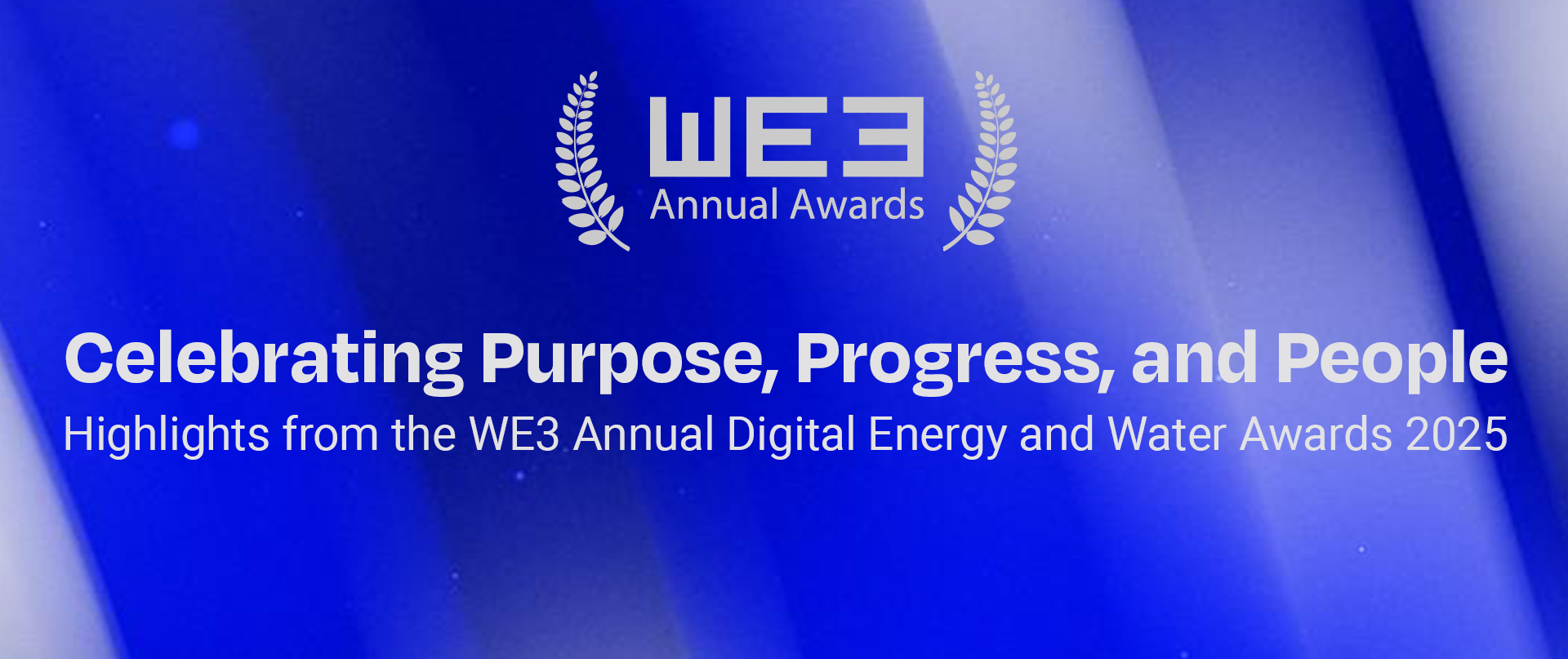Master Blog
Closing the Utility Education Gap:
Empowering Customers for a Sustainable Future

The utility industry is at a pivotal moment. Consumer expectations are evolving rapidly, driven by advancements in technology and a growing awareness of sustainability. As a service provider, your role in shaping the future of sustainable living and meeting the ever-changing demands of your customers has never been more critical. To stay ahead of the curve, it's important to embrace intelligent marketing strategies that not only resonate with your audience but also drive action and foster long-lasting customer relationships. Today’s utility customers demand personalized experiences that cater to their specific needs and preferences.
Creating Frictionless Experiences
Customers expect seamless interactions with their utility providers and frictionless experiences are critical for improving customer satisfaction and engagement. According to a Deloitte survey, customers now anticipate the same level of service from their utility providers as they receive from retail giants like Amazon (source: Deloitte). This means utilities must offer intuitive, user-friendly customer journeys across all digital touchpoints.
Omnichannel communication is essential in meeting these expectations. By integrating voice, email, text messages, and live chat into a unified platform, utilities can provide consistent and seamless customer service. This approach not only enhances customer satisfaction but also builds trust and loyalty, reducing frustration and improving overall customer satisfaction.
Closing the Education Gap
One significant challenge in the utility sector is educating customers about energy efficiency, renewable energy options, and utility programs. Recent studies indicate that a considerable gap still exists in customer education, which is crucial for empowerment and action.
Energy Efficiency Awareness: Despite the widespread availability of energy efficiency programs, many customers remain unaware of these opportunities. According to the American Council for an Energy-Efficient Economy (ACEEE), effective communication about these programs can lead to substantial reductions in energy consumption. Furthermore, the J.D. Power U.S. Electric Utility Residential Customer Satisfaction Study highlights that customers who are well-informed about energy-saving options report higher satisfaction levels.
Understanding Renewable Energy Options: As the adoption of renewable energy sources like solar and battery storage increases, providing customers with clear, accessible information is essential. The U.S. Energy Information Administration (EIA) projects that the renewable share of electricity will rise from 22% in 2023 to nearly 25% in 2024, driven by significant increases in utility-scale solar installations (source: Deloitte). Educating customers on the benefits and logistics of adopting renewable energy is critical for facilitating this transition.
Complexity of Utility Programs: Utility programs, such as demand response and time-of-use rates, often involve complex concepts that can be challenging for customers to understand. The Deloitte report emphasizes the importance of simplifying these concepts and making information more accessible to enhance customer engagement.
To address these challenges, utilities need to implement comprehensive, targeted educational campaigns. Here are some strategies to consider:
- Tailored Educational Content: Developing content that addresses the specific needs and concerns of different customer segments can significantly enhance understanding and engagement. For example, creating simple, engaging videos to explain energy efficiency programs or the process of installing solar panels can make complex information more accessible.
- Multi-Channel Outreach: Utilizing multiple communication channels such as social media, email newsletters, and community workshops can help reach a broader audience. According to the CMI Group, omnichannel communication strategies are essential for meeting customer expectations in the digital age. By integrating voice, email, text messages, and live chat into a unified platform, utilities can provide consistent and seamless customer service.
- Interactive Tools and Resources: Providing interactive tools, such as online calculators that estimate savings from energy efficiency upgrades, can empower customers to act. These tools can help demystify complex programs and show tangible benefits, making it easier for customers to understand and participate.
By implementing these strategies, utilities can close the education gap and empower their customers to make informed decisions about their energy use. This not only enhances customer satisfaction but also promotes energy-saving behaviors, aligning with broader sustainability goals and regulatory requirements.
The Power of Sentiment Analysis and Contextual Understanding
Understanding customer sentiment is crucial for developing effective marketing strategies. Sentiment analysis helps utilities gauge customer feelings and opinions about their services, enabling proactive responses to concerns and improving customer loyalty. According to a study by Business Wire, proactive customer engagement and communication have become essential as utilities focus more on Environmental, Social, and Governance (ESG) principles (source: Business Wire).
Improving the context in which information is presented ensures that messages are relevant and resonate with the audience. This means using data-driven insights to tailor communications to individual customer preferences, which significantly enhances engagement and satisfaction.
Challenging the Status Quo
It's time to reframe how we view customer outreach in the utility industry. According to J.D. Power, nearly one-third of utilities still do not offer mobile apps, despite their proven potential to enhance customer satisfaction. This is a significant missed opportunity. By integrating advanced analytics and a customer-centric approach, utilities can not only meet but exceed customer expectations, providing a seamless, personalized experience that sets them apart.
In the rapidly evolving utility industry, dynamic marketing is no longer optional but a necessity to engage with customers effectively. By harnessing the power of data, personalization, digital transformation, and sustainability, utilities can build stronger connections with their customers, drive innovation, and position themselves as leaders in the energy industry. Embracing this approach will enable utilities to promote sustainable practices, stay ahead of regulatory changes, and ultimately lead to greater success and resilience in a rapidly changing world.
Outcomes for Utilities
- Reduced Cost to Serve: By streamlining customer interactions and resolving issues more efficiently, utilities can significantly lower their cost to serve. For example, effective self-service options and automated responses can reduce the volume of calls to customer service centers, freeing up resources for more complex inquiries. According to McKinsey, digital self-service channels can cut costs by up to 90% compared to traditional methods.
- Improved CSAT and J.D. Power Scores: Providing a seamless customer experience directly impacts customer satisfaction scores. The J.D. Power U.S. Electric Utility Residential Customer Satisfaction Study consistently shows that higher satisfaction scores are associated with utilities that offer better digital experiences and proactive communication. By focusing on frictionless interactions, utilities can improve their CSAT scores, leading to higher rankings in studies like those conducted by J.D. Power.
- Increased Resiliency: A frictionless experience also enhances a utility’s operational resiliency. During emergencies, such as severe weather events or outages, effective omnichannel communication ensures that customers receive timely updates and support. This reduces customer frustration and enhances the utility's reputation for reliability. For instance, utilities that provide real-time updates via multiple channels can manage customer expectations better and reduce the volume of inbound queries during crises.
Ready to Embrace the Power of Intelligent Marketing?
Contact us today to learn more about how we can help your utility company develop and implement an marketing strategy that delivers results. Together, we can navigate the evolving landscape of the utility industry and ensure a bright future for your business.





